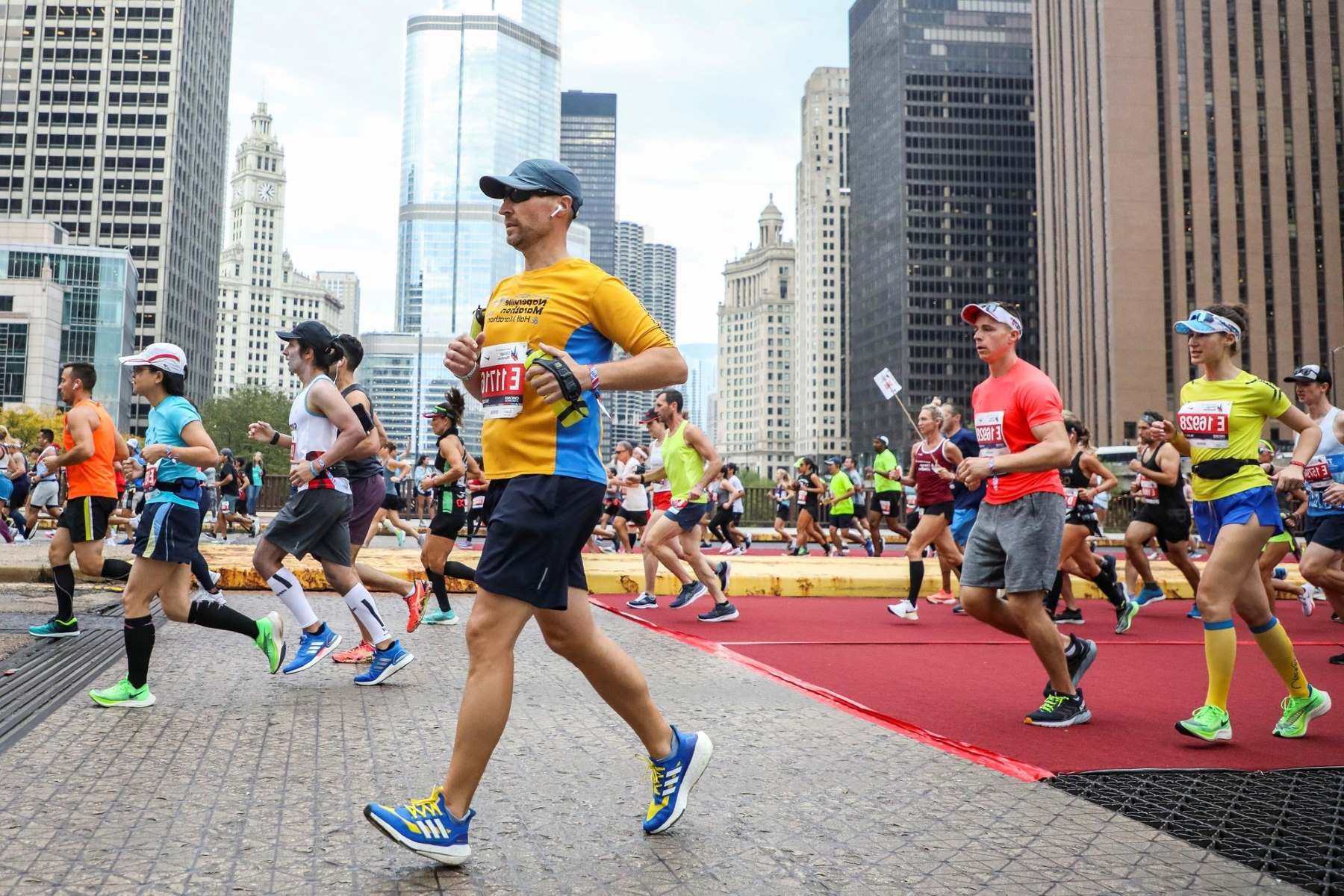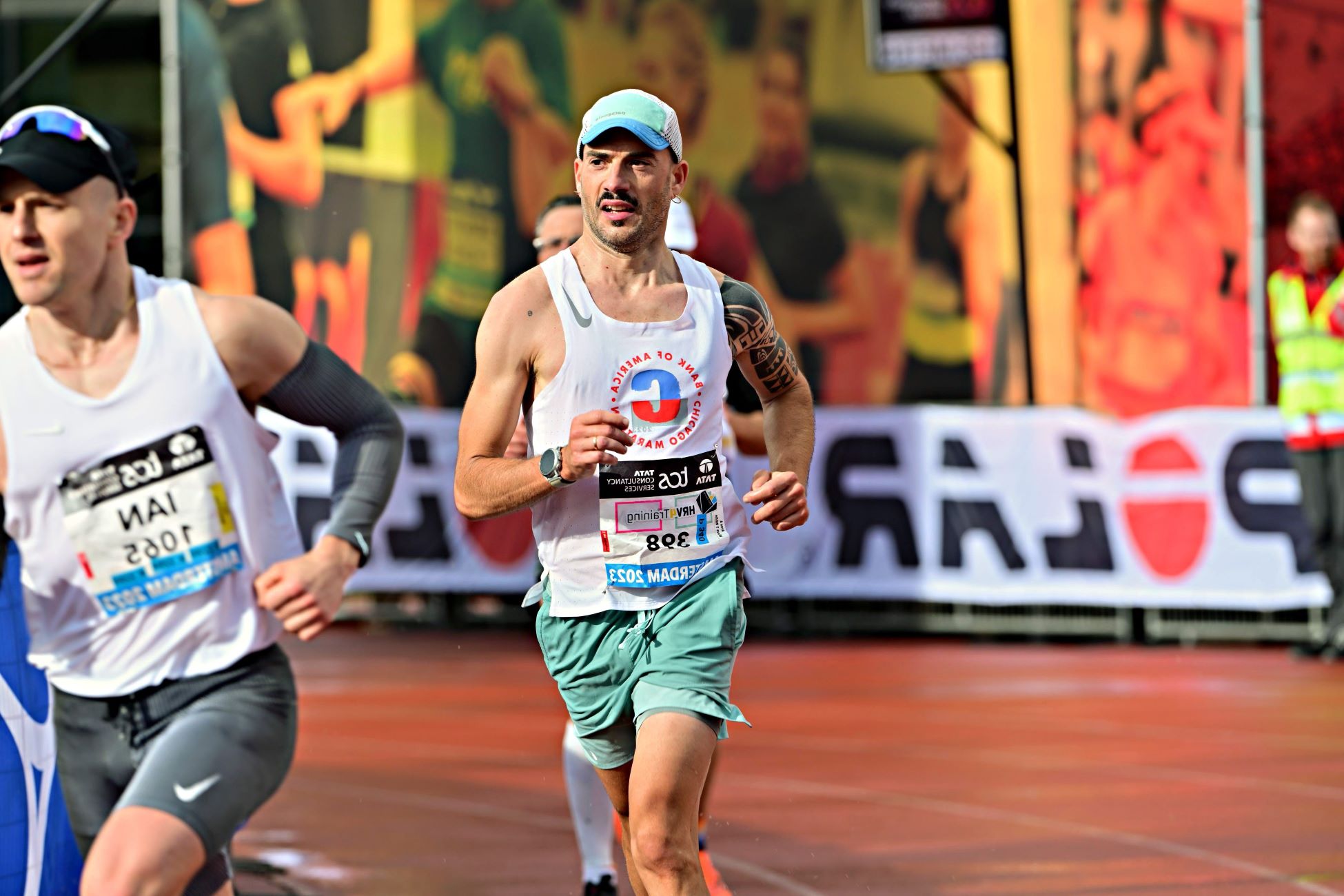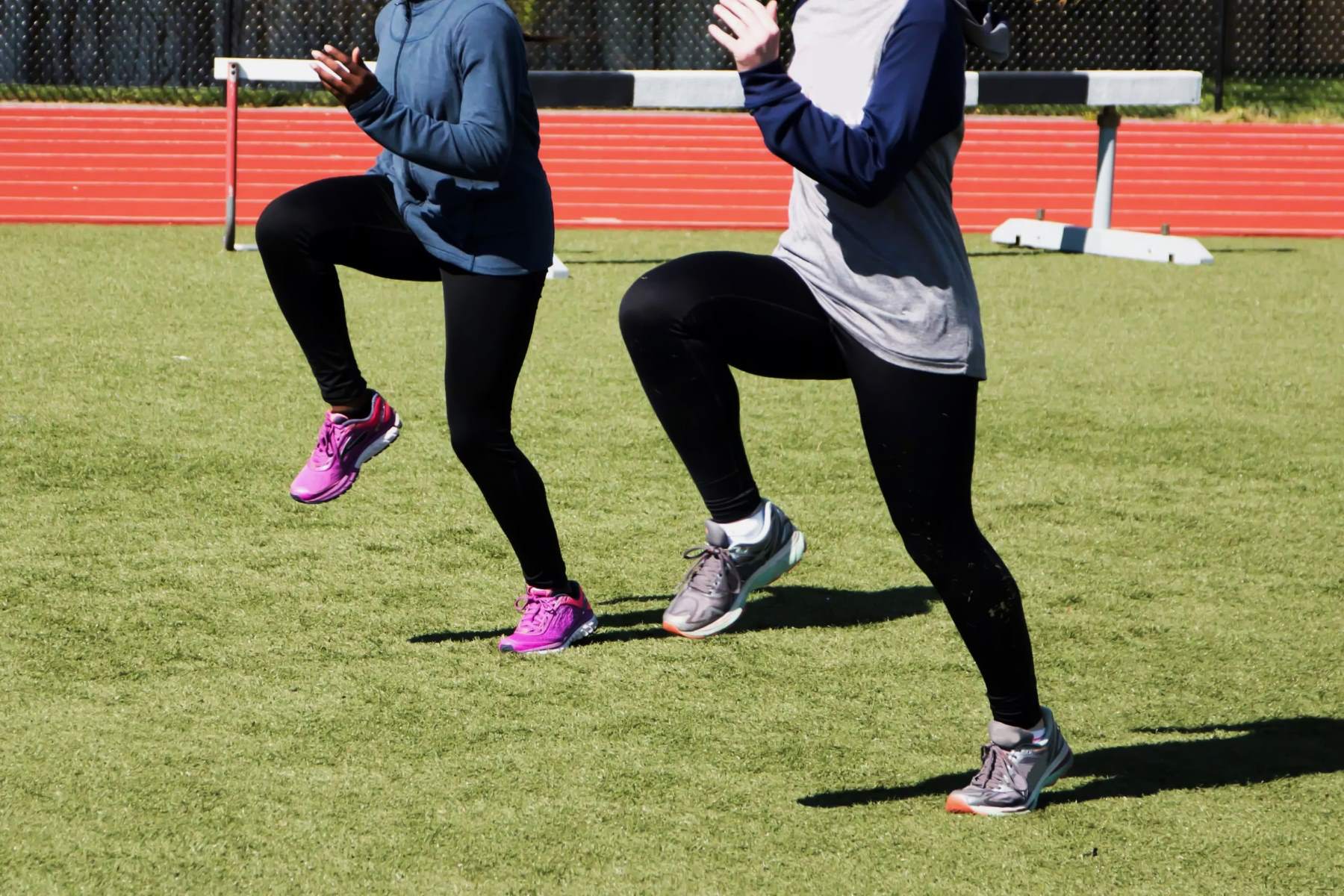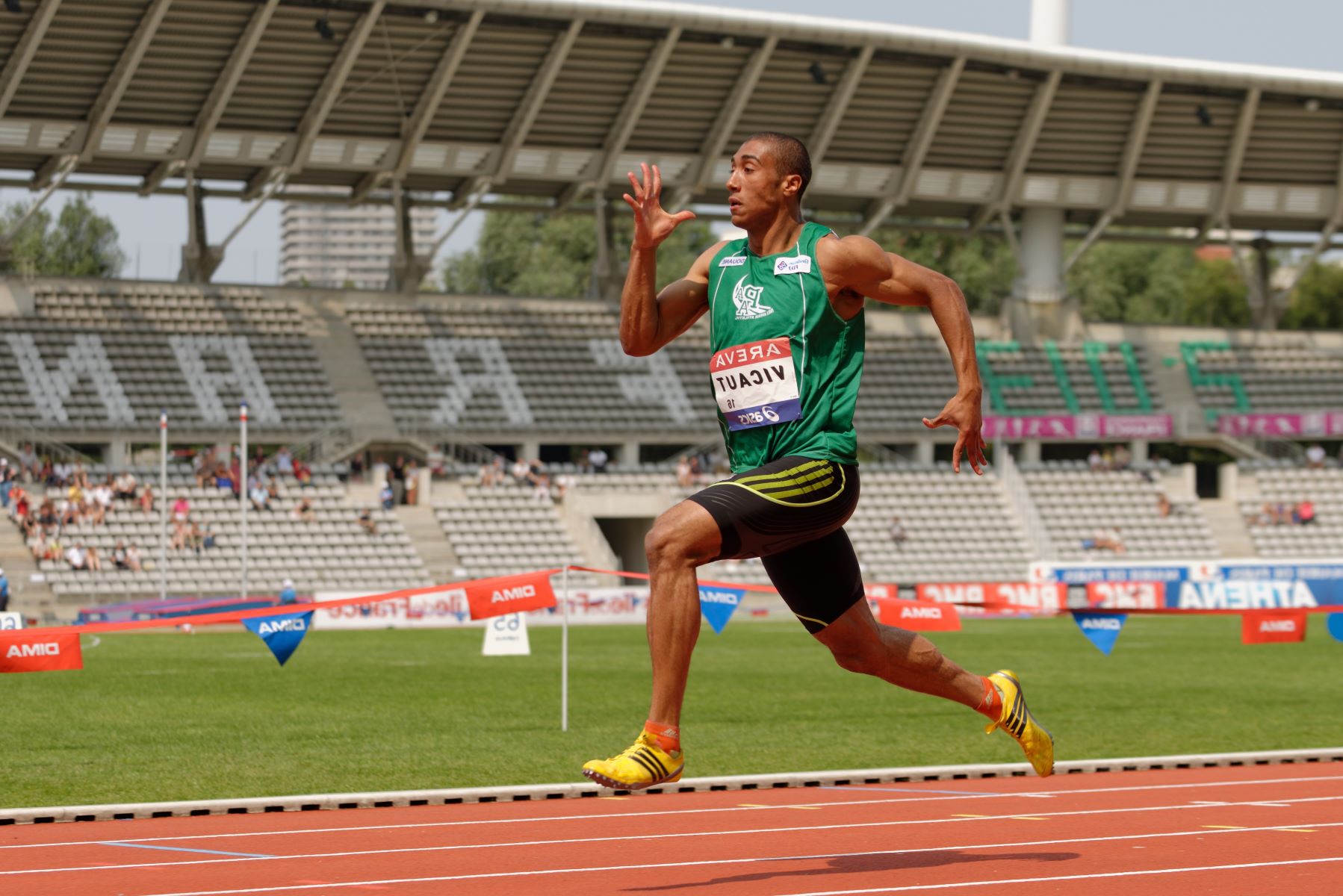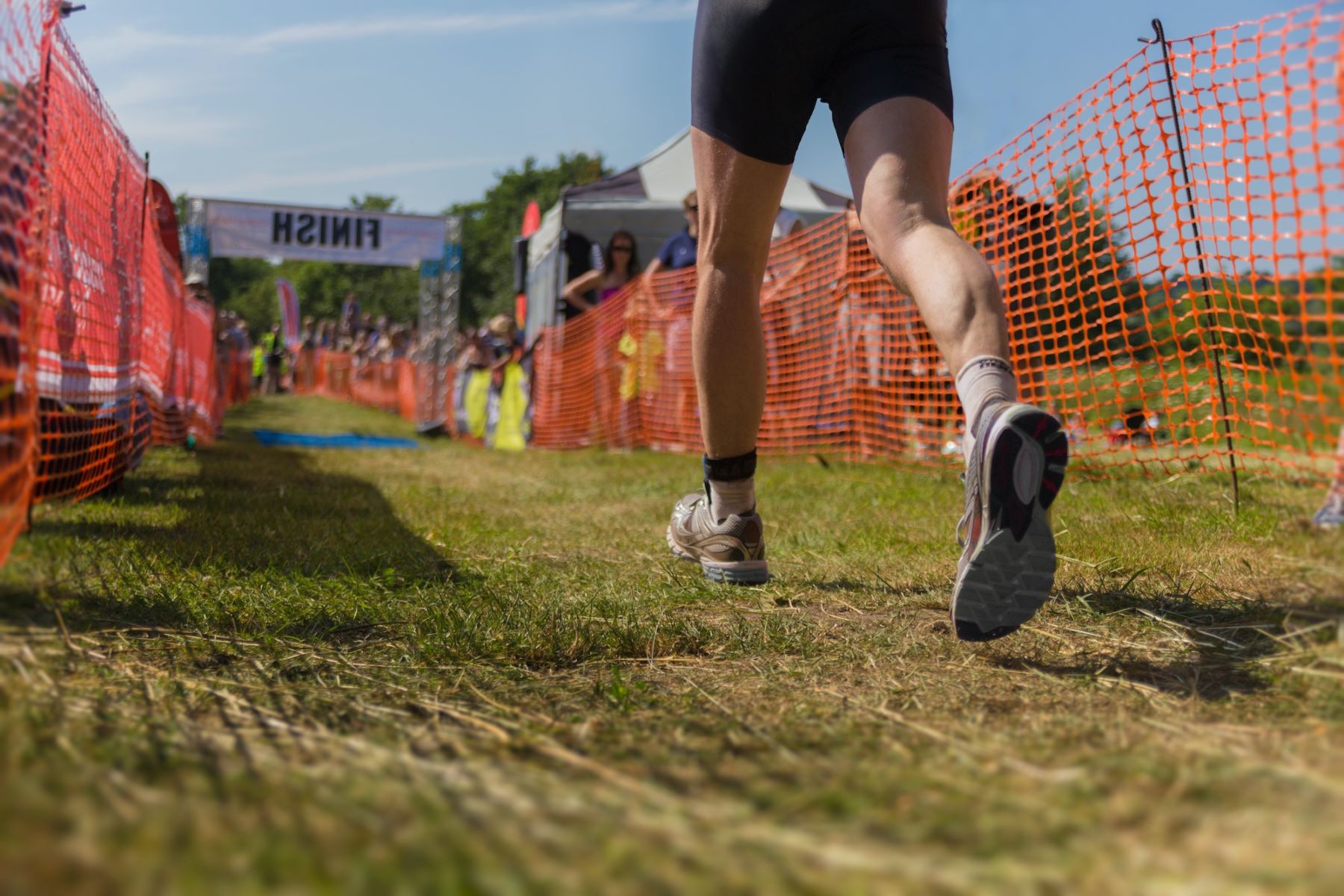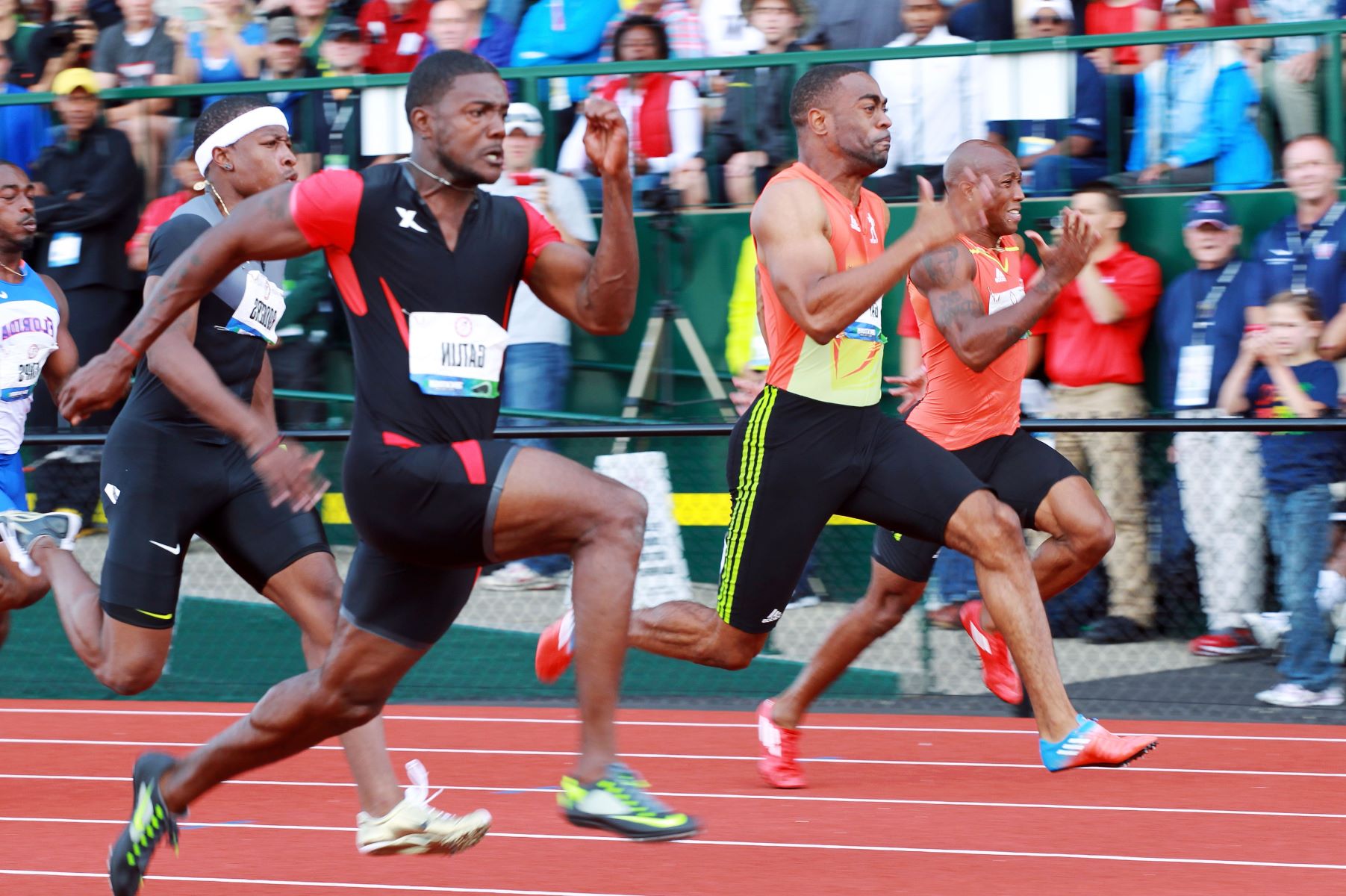Home>Training for Specific Goals>Weight Loss>Can Being Lighter Increase Your Speed When Running?
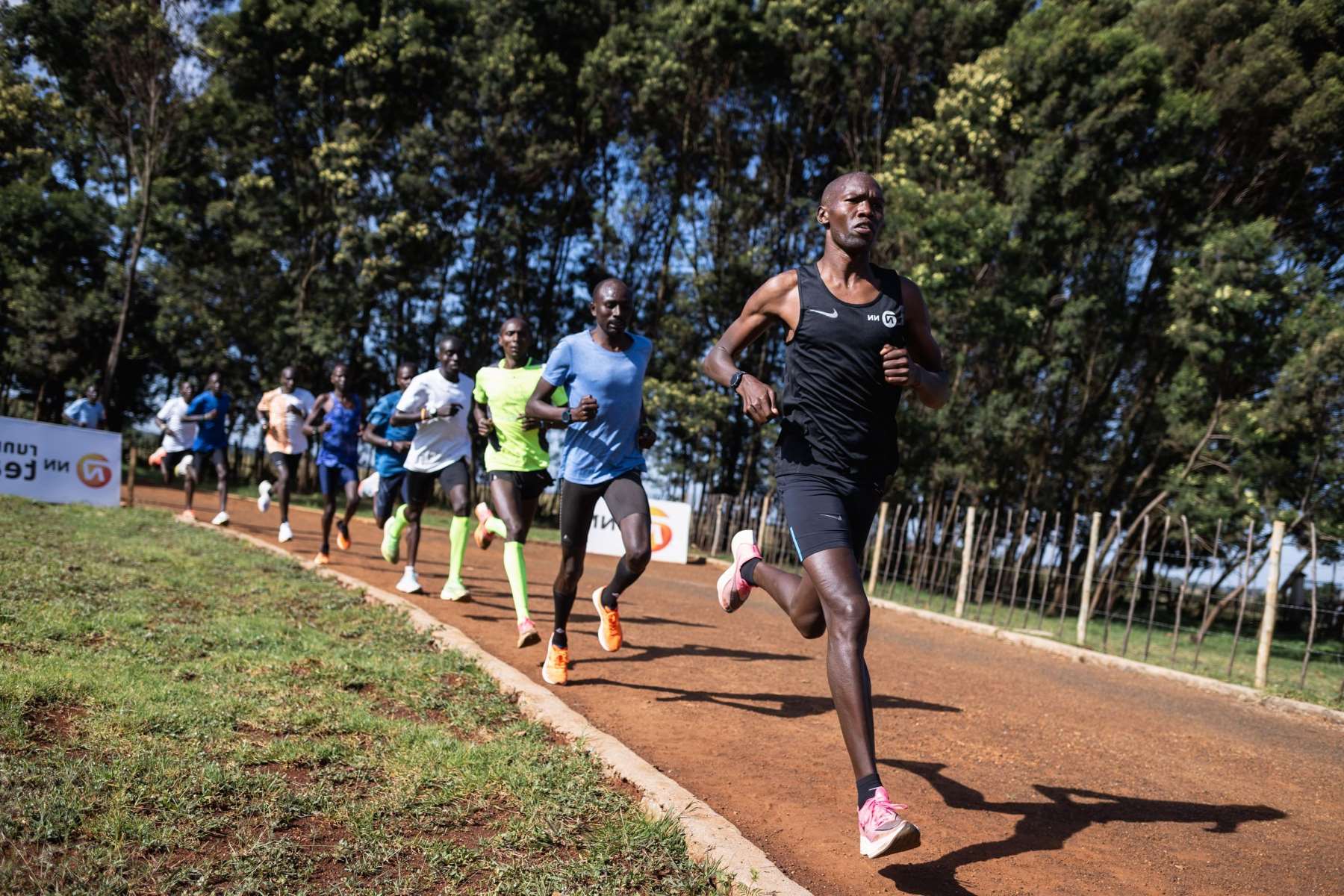

Weight Loss
Can Being Lighter Increase Your Speed When Running?
Published: February 22, 2024
Discover how weight loss can potentially improve your running speed and performance. Learn the impact of being lighter on your running abilities.
(Many of the links in this article redirect to a specific reviewed product. Your purchase of these products through affiliate links helps to generate commission for Therunningadvisor.com, at no extra cost. Learn more)
Table of Contents
The Relationship Between Body Weight and Running Speed
The relationship between body weight and running speed is a topic that has garnered significant attention among athletes, fitness enthusiasts, and researchers alike. It is widely acknowledged that body weight plays a crucial role in determining an individual's running performance. The impact of body weight on running speed is multifaceted, encompassing various physiological and biomechanical factors.
Weight and Running Efficiency
The influence of body weight on running speed is intricately linked to running efficiency. As a general principle, a lower body weight can contribute to improved running efficiency, as it reduces the energy expenditure required to propel the body forward. When an individual carries excess weight, particularly in the form of body fat, the additional mass necessitates greater muscular effort to maintain a given pace. This increased energy demand can lead to premature fatigue and reduced overall speed.
Body Weight and Stride Length
Moreover, body weight influences an individual's stride length while running. A lighter body weight often allows for a more effortless and extended stride, enabling the runner to cover more ground with each step. This can translate to a higher speed potential, as the individual can maintain a faster pace with reduced effort.
Impact of Muscle Mass
While body weight reduction can enhance running speed, it is essential to consider the role of muscle mass in this equation. Muscular strength and power are pivotal for generating propulsive force during running. Therefore, a balance must be struck between reducing excess body fat and preserving lean muscle mass to optimize running performance.
Considerations for Optimal Body Weight
It is important to note that the ideal body weight for maximizing running speed varies among individuals and is contingent on factors such as height, body composition, and genetic predisposition. Athletes and runners often work closely with coaches, nutritionists, and trainers to achieve an optimal body weight that aligns with their performance goals.
In essence, the relationship between body weight and running speed underscores the significance of maintaining a healthy body composition to enhance running performance. Striking a balance between body weight, muscle mass, and running efficiency is pivotal for achieving optimal speed and endurance on the track or trail.
The Impact of Body Composition on Running Performance
The impact of body composition on running performance is a critical consideration for athletes and fitness enthusiasts aiming to optimize their speed and endurance. Body composition, which encompasses the distribution of body fat, muscle mass, bone density, and overall physique, exerts a profound influence on an individual's running capabilities.
Body Fat Percentage and Running Efficiency
One of the primary components of body composition that significantly affects running performance is body fat percentage. Excess body fat can impede running efficiency by increasing the overall mass that must be propelled forward with each stride. This additional weight necessitates greater energy expenditure, potentially leading to premature fatigue and reduced speed. Conversely, individuals with lower body fat percentages often experience enhanced running efficiency, as they can maintain a given pace with less effort due to reduced mass to move.
Muscle Mass and Power Generation
In addition to body fat percentage, muscle mass plays a pivotal role in determining running performance. Muscular strength and power are essential for generating propulsive force during running, particularly during sprinting and uphill segments. A well-balanced body composition that includes adequate muscle mass can contribute to improved running speed and power output. Moreover, strong and well-conditioned muscles are crucial for maintaining proper running form and minimizing the risk of injuries, thereby supporting consistent and efficient performance.
Optimal Body Composition for Running Performance
Achieving an optimal body composition for running performance involves striking a balance between reducing excess body fat and preserving lean muscle mass. This balance is essential for enhancing running speed, endurance, and overall athletic performance. Athletes often work closely with coaches, nutritionists, and trainers to develop personalized strategies for optimizing their body composition to align with their running goals.
The Role of Nutrition and Training
Nutrition and training are integral components in shaping body composition and, consequently, running performance. A well-designed training regimen that incorporates a combination of endurance, speed, and strength exercises can contribute to improvements in body composition and running capabilities. Furthermore, a balanced and nutrient-dense diet supports the development of lean muscle mass while managing body fat levels, thereby enhancing overall running performance.
In essence, the impact of body composition on running performance underscores the intricate interplay between body fat percentage, muscle mass, and their collective influence on running efficiency and power generation. By prioritizing a well-balanced body composition through targeted training and nutrition, individuals can optimize their running capabilities and strive for peak performance on the track, road, or trail.
Strategies for Improving Running Speed
Enhancing running speed is a multifaceted endeavor that encompasses various training methodologies, biomechanical refinements, and strategic approaches aimed at optimizing athletic performance. Athletes and runners seeking to improve their running speed can benefit from integrating a range of targeted strategies into their training regimens. These strategies are designed to enhance running efficiency, develop muscular strength and power, and refine running technique to unlock one's full speed potential.
Interval Training
Incorporating interval training into a running routine is a highly effective strategy for improving running speed. This training method involves alternating between periods of high-intensity running and active recovery or low-intensity jogging. By challenging the body to perform at near-maximal effort during intervals, athletes can enhance their cardiovascular capacity, muscular endurance, and overall speed. Interval training also stimulates the body's ability to utilize oxygen more efficiently, leading to improved running performance.
Strength and Power Exercises
Integrating strength and power exercises into a training regimen is instrumental in enhancing running speed. Targeted resistance training, plyometric exercises, and explosive movements can bolster muscular strength, power output, and neuromuscular coordination, all of which are essential for generating propulsive force during running. By developing a strong and explosive lower body, athletes can improve their acceleration, sprinting ability, and overall running speed.
Hill Training
Incorporating hill training sessions into a training program can significantly contribute to improvements in running speed and strength. Running uphill challenges the muscles to work against gravity, fostering gains in lower body strength, power, and endurance. Furthermore, hill training promotes efficient running mechanics and stride length, which can translate to enhanced speed and performance on flat terrain. The incorporation of downhill running can also aid in developing eccentric muscle strength and control, further enhancing overall running capabilities.
Biomechanical Analysis and Form Refinement
Conducting a biomechanical analysis of running form and gait mechanics can provide valuable insights for refining technique and optimizing running speed. Addressing inefficiencies in running form, such as excessive lateral movement, overstriding, or inadequate arm swing, can lead to significant improvements in running economy and speed. By focusing on proper posture, foot strike, and arm movement, athletes can enhance their overall running efficiency and reduce energy wastage, thereby boosting their speed potential.
Flexibility and Mobility Training
Prioritizing flexibility and mobility training is essential for optimizing running speed and reducing the risk of injuries. Improved flexibility in the muscles and joints allows for a greater range of motion, facilitating more efficient and powerful running strides. Additionally, enhanced mobility supports proper running mechanics and stride length, contributing to improved speed and agility. Integrating dynamic stretching, yoga, and mobility drills into a training routine can aid in maintaining supple and resilient musculature, essential for achieving peak running performance.
Incorporating these strategic approaches into a comprehensive training program can empower athletes and runners to make significant strides in improving their running speed. By leveraging a combination of interval training, strength and power exercises, biomechanical refinements, and flexibility training, individuals can enhance their running efficiency, power output, and overall speed, ultimately unlocking their full athletic potential on the track, road, or trail.
The Role of Strength and Power in Running Performance
The role of strength and power in running performance is paramount, encompassing a myriad of physiological and biomechanical factors that significantly influence an individual's speed, endurance, and overall athletic capabilities. Strength and power are integral components of running performance, playing a pivotal role in propelling the body forward, generating force during each stride, and withstanding the physical demands of running.
Muscular Strength and Propulsive Force
Muscular strength, particularly in the lower body, is fundamental for generating propulsive force during running. The muscles of the legs, including the quadriceps, hamstrings, glutes, and calf muscles, work synergistically to produce the powerful contractions necessary for forward propulsion. A well-developed lower body musculature enables runners to exert greater force against the ground with each stride, leading to improved acceleration, sprinting ability, and overall running speed.
Power Output and Sprinting Performance
Power output, defined as the rate at which work is performed, is a critical determinant of sprinting performance and high-speed running. The ability to rapidly generate and apply force during each ground contact is essential for achieving explosive acceleration and maintaining high velocities. Power-oriented exercises, such as plyometrics, explosive jumps, and sprint drills, are instrumental in enhancing the body's capacity to produce rapid and forceful movements, thereby elevating sprinting speed and performance.
Neuromuscular Coordination and Efficiency
Neuromuscular coordination, the harmonious interaction between the nervous system and muscular system, plays a pivotal role in optimizing running performance. Efficient coordination and synchronization of muscle contractions are essential for achieving smooth and powerful running strides. By refining neuromuscular efficiency through targeted training, athletes can enhance their ability to recruit and utilize muscle fibers effectively, leading to improved running economy and speed.
Injury Prevention and Muscular Endurance
In addition to enhancing running speed, strength and power training contribute to injury prevention and muscular endurance. A robust musculoskeletal system, fortified through strength training, provides greater resilience against the repetitive impact forces experienced during running. Moreover, improved muscular endurance enables runners to sustain higher speeds for longer durations, delaying the onset of fatigue and supporting consistent performance.
Read more: Does The Cold Affect Your Running Speed?
Integration of Strength and Power Training
Integrating strength and power training into a comprehensive running regimen is essential for optimizing running performance. Targeted resistance exercises, plyometric drills, and sprint-specific workouts are instrumental in developing the explosive strength and power necessary for achieving peak running speed. Furthermore, a well-structured strength and power training program complements other aspects of running training, such as speed work, endurance runs, and form refinements, to create a holistic approach to enhancing overall running performance.
In essence, the role of strength and power in running performance underscores their profound impact on speed, acceleration, endurance, and injury resilience. By prioritizing the development of muscular strength, power output, and neuromuscular coordination through targeted training, runners can unlock their full athletic potential and strive for peak performance on the track, road, or trail.
The Importance of Proper Training and Technique
The importance of proper training and technique in the context of running performance cannot be overstated. Effective training methodologies and refined running techniques are pivotal for optimizing speed, endurance, and overall athletic capabilities. By prioritizing proper training and technique, runners can enhance their running efficiency, reduce the risk of injuries, and unlock their full potential on the track, road, or trail.
Customized Training Programs
Tailoring training programs to align with individual goals, fitness levels, and physiological characteristics is essential for maximizing running performance. Customized training plans encompass a balanced blend of endurance runs, speed work, strength training, and recovery sessions. These programs are designed to progressively challenge the body, stimulate physiological adaptations, and enhance overall running capabilities.
Periodization and Progression
Implementing periodization principles within training regimens is instrumental for optimizing performance and mitigating the risk of overtraining. Periodization involves structuring training into distinct phases, each emphasizing specific training goals and intensities. This approach allows for strategic progression, recovery periods, and peak performance during targeted events or races.
Biomechanical Analysis and Form Refinement
Conducting biomechanical analyses of running gait and form can provide valuable insights for refining technique and optimizing running efficiency. Addressing inefficiencies in running form, such as overstriding, excessive lateral movement, or inadequate arm swing, can lead to significant improvements in running economy and speed. By focusing on proper posture, foot strike, and arm movement, runners can reduce energy wastage and enhance their overall running efficiency.
Injury Prevention and Rehabilitation
Proper training encompasses injury prevention strategies and rehabilitation protocols to safeguard against common running-related injuries. Integrating strength and mobility exercises, cross-training activities, and adequate rest into training routines can mitigate the risk of overuse injuries and promote musculoskeletal resilience. Additionally, prompt intervention and rehabilitation for any existing injuries are crucial for maintaining training continuity and long-term running performance.
Mental Preparation and Focus
Effective training extends beyond physical conditioning to encompass mental preparation and focus. Developing mental resilience, visualization techniques, and race-specific mental strategies can significantly impact running performance. By cultivating a positive and focused mindset, runners can optimize their performance, manage race-day stress, and sustain motivation throughout their training journey.
In essence, the importance of proper training and technique lies at the core of optimizing running performance. By embracing customized training programs, periodization principles, biomechanical refinements, injury prevention strategies, and mental preparation, runners can elevate their running capabilities and strive for peak performance. Through a holistic approach to training and technique refinement, individuals can unlock their full athletic potential and achieve their running goals.

